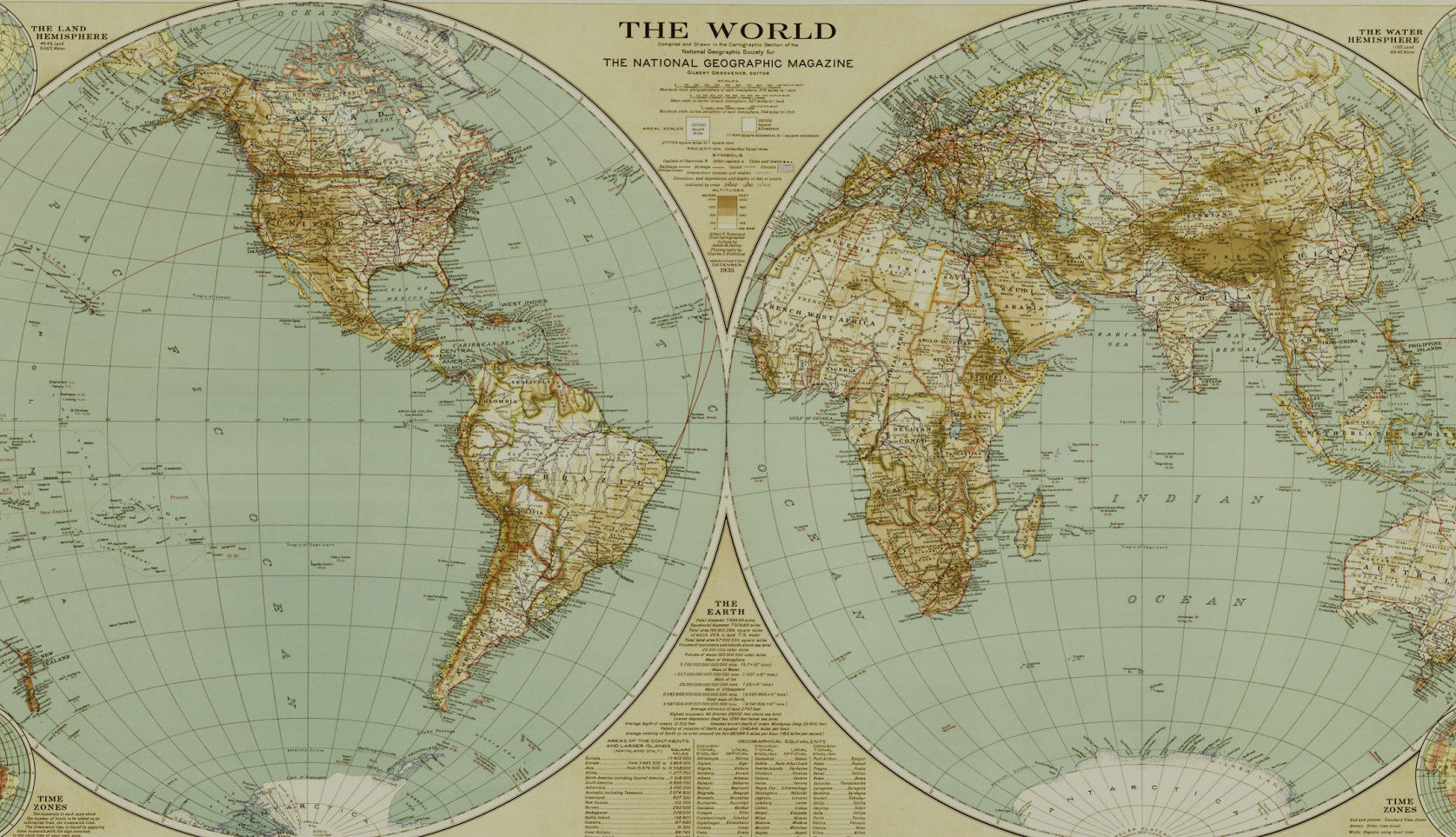Most of my time in Tasmania was spent looking into a very specific aspect of the convict era: that of the mental health institutions needed as a result of this policy. But this element of Tasmania’s past is very complex and I wanted to expand my understanding by visiting two of the eleven Australian Convict Sites listed as UNESCO World Heritage sites. The most famous of these is Port Arthur, an infamous prison complex located on Tasmania’s south-east coast. Port Arthur began in the 1830’s as a penal station where male convicts did hard labour, but quickly grew and expanded into a large prison complex and free community. Currently a group of archaeologists are excavating the yard behind the penitentiary building (built in 1857 to replace the original timber huts). This is where the convicts washed, relieved themselves, and had brief moments of respite outside their hours of hard labour. It was very exciting to hear that in addition to structural foundations some artefacts have already come to light. In particular the archaeologists have uncovered gaming pieces, something all official records state the convicts did not have! The unrecorded history of Port Arthur is therefore being revealed through this important excavation.
In 1848 the construction of the notorious Separate Prison began, reflecting an ideological change in the prison system away from physical punishment towards mental punishment. The prison is cruciform-shaped and allowed for solitary and silent confinement of the prisoners. The prisoners were not allowed to speak while incarcerated, had one hour per day in a solitary exercise yard, and even attended church services in solitary cubicles. They were completely stripped of their identity by being referred to by their corridor and cell number (e.g. Prisoner A3) and forced to wear a hood with eye and mouth slits when outside their cell. If by chance two prisoners were in the corridor at the same time one was made to face the wall while the other went past. Towards the end of its time all male prisoners who were sent to Tasmania spent the first three months of their sentence in this prison before beginning their hard labour. It isn’t hard to imagine the detrimental effect this type of punishment had on the mental health of the convicts. Equally, it is not surprising that an asylum was opened nearby in 1868 and that there are close links between Port Arthur and the asylum further afield in New Norfolk (now known as Willow Court).
As an archaeologist the stories told by the structures and artefacts from Port Arthur are fascinating. We were shown around the complex by Port Arthur’s Heritage Program Manager, Dr. Jody Steele, who also kindly opened the doors of the site’s artefact storage to us. It was a treat to be able to see artefacts and documents that many never get to, like the journal of Thomas Brown, Deputy Superintendent of Port Arthur, from 1857. The amount of work to be done assessing and cataloguing the material they have in storage is staggering!
The other side of the convict history of Tasmania is the incarceration of women. To learn more about this I visited the Cascades Female Factory. It is now located in the city of Hobart, but when the first female convicts arrived there in 1828 the area was bushland in the shadowy foothills surrounding Mount Wellington. Like the Separate Prison later established at Port Arthur, Cascades was a completely silent prison, the women even performed their labour sentence in silence. The convicts were divided into three classes: the criminal class were repeat offenders who worked in the laundry or other grueling tasks, the second class were those convicted of minor offenses and who mended clothes and linens, and the first class were those who had recently arrived with a record of good behaviour. Only the first class women were sent out to work as servants. The convicts could be moved between the classes depending on their conduct, at the discretion of the Principal Superintendent of the prison.
One possible offense was becoming pregnant. This could happen to a first class convict while she was sent out as a servant and even if she had been raped she was punished for her ‘crime’. The convicts were housed in the hospital building for the duration of the pregnancy after which they were moved to the nursery where they were allowed to nurse their child for its first six months. After that time the convicts were made to return to work while the child was watched by another nursing mother and switched to a ration of bread and polluted water. Keep in mind that this was a silent prison: the mothers were not allowed to speak to each other or to their children. At the age of three the children were sent to the Queen’s Orphan School. Most did not make it to that age and those who did were mute and developmentally delayed due to disease and malnutrition.
My visit to Cascades would not have been the same without the knowledge and empathetic passion of our guide, Lora, who shared the site’s history with us. Many of the convicts served their sentences and then moved forward with their lives as free citizens of the colony. These men and women persevered through transportation, hard labour and foul, disease ridden, heavily over-populated prisons to become the foundation of modern Tasmania. The stories of those sent to Tasmania during the convict era are not easy to hear, but that is exactly why they should be told. There is much more information available on both of these fantastic UNESCO World Heritage sites and the Convict Era more generally. Here are a few websites to get you started:
Australian Government website: Convicts and the British Colonies
